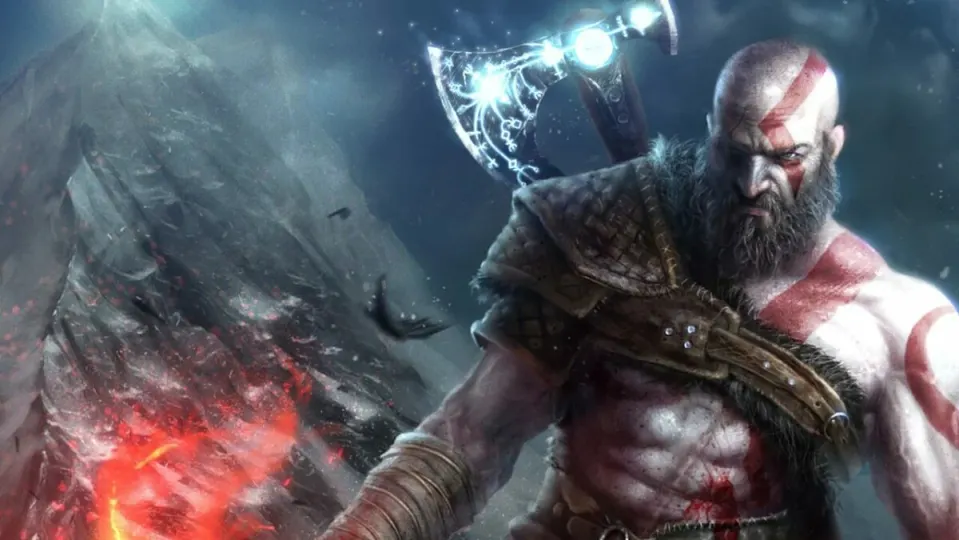We’re nearing the end of Kratos’ journey into the depths of Norse mythology. From what we can tell, the trailer for the upcoming ninth installment in God of War: Ragnarok paints the picture of the Norse gods still being essential to the game’s plot line. This, of course, is good news for anyone who has been enjoying the Norse aspect of the series. However, with the story nearing its conclusion, it’s probably a good time to discuss how accurately the mythology aspect of the series has been portrayed.
In the following article, we’ll examine what aspects of real Norse mythology the series has retained and in what ways the games have deviated from the mythological stories. We’ll also take a brief look at other games that tell the story of the Norse deities and see how God of War stacks up against them. Without any further ado, let’s make like the god of thunder and get ready to rumble, shall we?
The issue with mythology
Mythology is a slightly tricky subject because there are so many aspects and accounts to consider. For instance, Norse mythology is the widely accepted term for stories pertaining to the old religions of the Nordic or Scandinavian Germanic people. Even among this Northern tribe of Europeans, there are differing accounts where mythology is concerned. For instance, some believe that Nordic mythologies should reflect as many as 66 main deity figures, while others recognize only 12 as part of the proposed Norse canon.
Since Nordic mythology has no definitive canon, we shall rely on the Prose Edda written by Snorri Sturluson, an Icelandic poet, historian, and chieftain. Four known manuscripts (and three fragments), collectively referred to as the Prose Edda, which he completed sometime between 1222 and 1223, exist as the most complete and comprehensive literary exploration of the mythologies of the Scandinavian Germanic peoples.
Side note: If you want to learn more about Norse mythology, the Prose Edda is the best place to start. Once you’ve built a framework with the Prose Edda, you may want also to read the Poetic Edda. This collection has a more structured use of language but relies on the foundation of the former collection to paint the most complete picture of the ancient Nordic religions and beliefs within which Norse mythology is grounded.
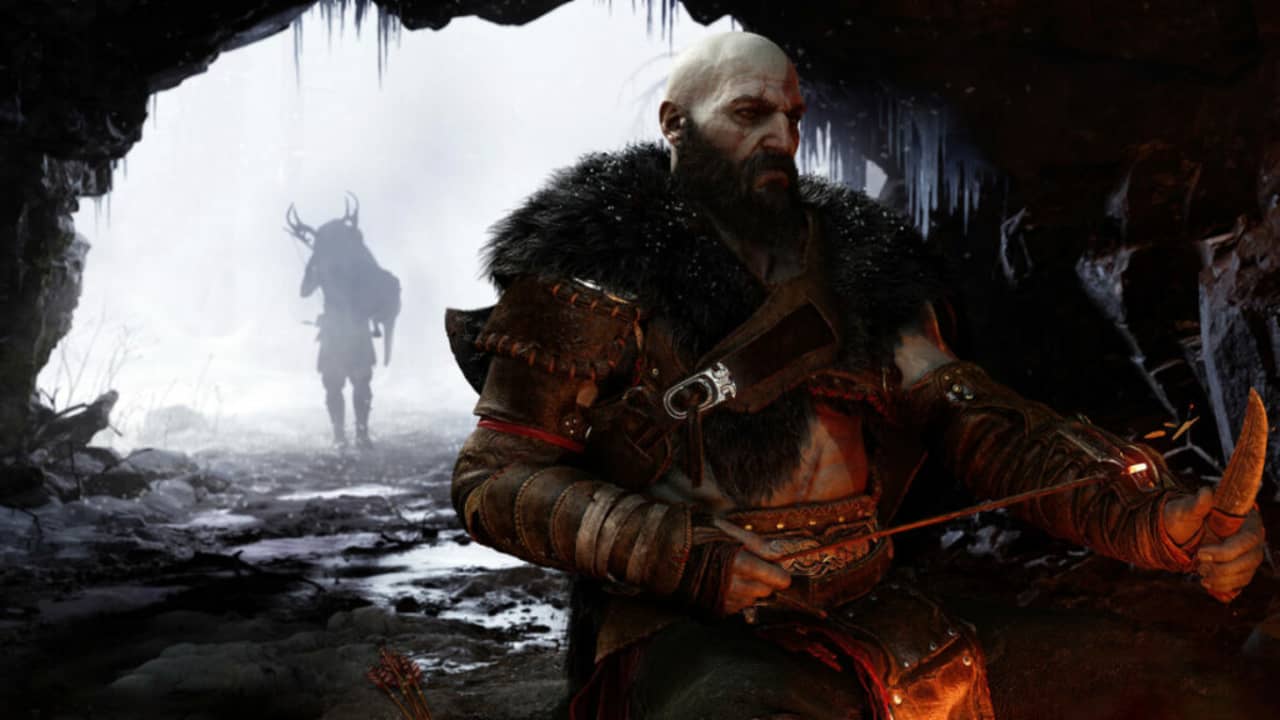
Where mythology and God of War: Ragnarok disagree
Before we start, it’s important to remember that God of War, rather brilliantly, introduces us to Norse mythology from the giants’ perspective. Therefore, creative license is warranted as the deities and situations described in GoW can be considered retellings of what the giants experienced, not what the ancient Nordic people believed or wrote about, as in the Eddas.
The first major difference between actual mythology and GoW is that in the Eddas, there’s no mention of any Greek god going on a blood-soaked rampage against the Nordic deities. This is because these are different traditions, and Norse mythology already has its own God of War, Týr. Although, according to the Eddas mentioned above, Týr is the god of heroic glory and law.
He is, however, believed to be the god of war due to his being associated with the same day as Mars, the Roman god of war, Tuesday. Additionally, many scholars believe the deities in the different mythologies across the world to be local expressions of the same forces, influenced heavily by the developed culture. For instance, for every Thor, you have a Zeus in Greece and a Jupiter in Rome.
The second major difference is that Kratos is not a god in any mythology. According to Greek tradition, Kratos is the personification of strength. He is widely seen as the son of Pallas and Styx, not the demi-god son of Zeus, as in the GoW canon.
God of War: Ragnarok and Norse mythology also disagree about the presence of tattoos or body marking of any kind. Ancient Nordic tradition says nothing about the gods having tattoos. In fact, it doesn’t say much at all about the actual appearance of the deities. The most we get from the actual texts is that Thor has red hair and that Odin is an old, one-eyed man. However, it isn’t completely outside of the realm of possibility that at least one retelling doesn’t mention tattoos. The technology did exist at the time. In fact, even centuries before, the Mayans had tattoos. They even had their own god of tattoos, Acat.
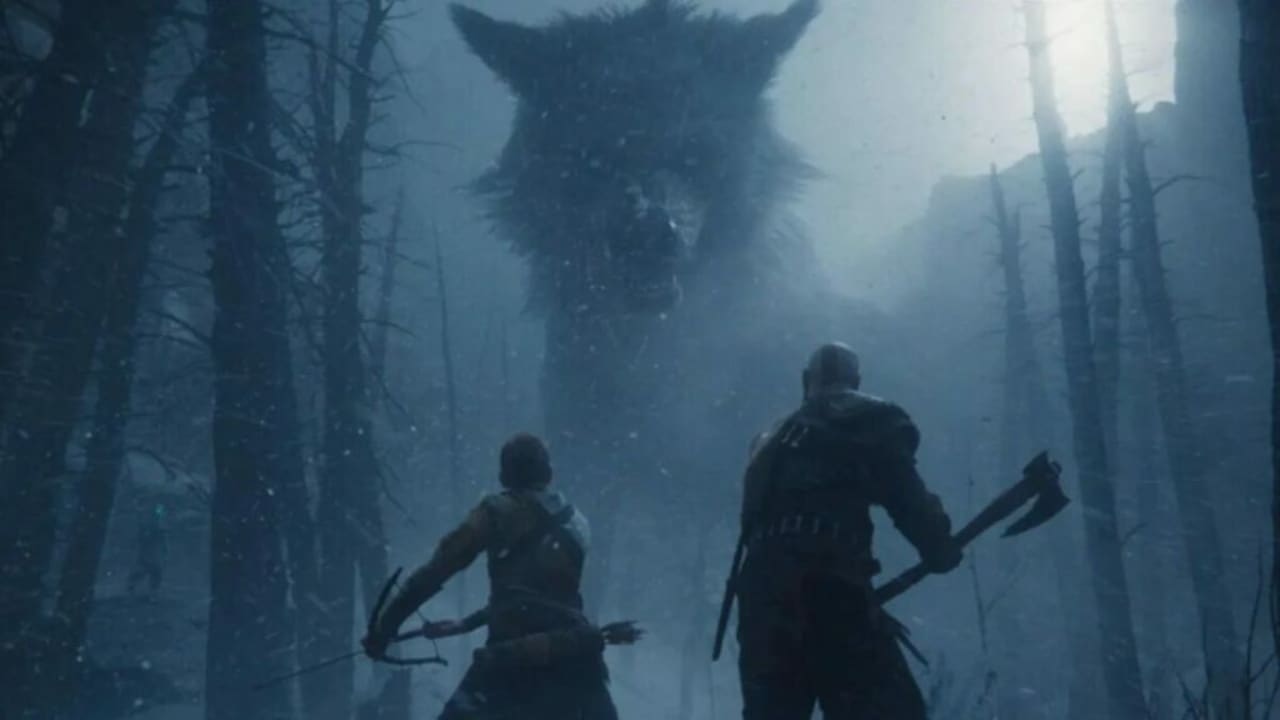
Other games that feature the Norse gods
There are a ton of games out there that deal with Norse mythology in some way, shape, or form. We’ll briefly discuss a few key players below, whether they honor the mythologies or disregard them, and thus, how they stack up to God of War: Ragnarok.
Assassin’s Creed: Valhalla
Assassin’s Creed: Valhalla shares the spot of greatest mythology-inspired game in history with God of War. Of course, such greatness cannot be achieved by merely sticking to the facts, or in this case, the myths. Instead, AC: Valhalla draws inspiration from Norse mythology while retaining its own identity as a fictional adventure experience.
However, the mythological and cultural details in Assassin’s Creed: Valhalla are some of the deepest researched and most accurate in the industry. We won’t go into too many details about the Assassin’s Creed franchise. Suffice it to say that the gods and situations described in AC are nothing short of incredible.
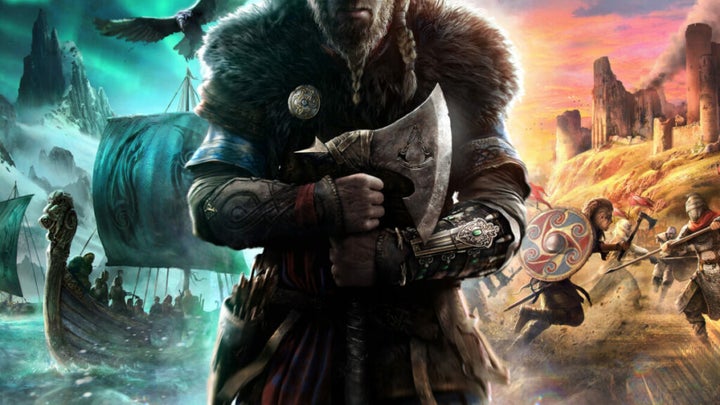
Skyrim
Skyrim is very clearly based on both Roman and Norse mythology. However, the game doesn’t have to be historically accurate because it was created as pure high fantasy and is simply inspired by real history and traditions. Therefore, it comes as no surprise that while the deities of the Divines and the Aetherium are based on mythological figures, they do not share their names or characteristics exactly.
It would, therefore, be pointless to discuss the inaccuracies portrayed in the game because accuracy was never the end goal. The end goal is and has always been to create an earth-like environment completely suspended in the most-vaulted heights of high fantasy.
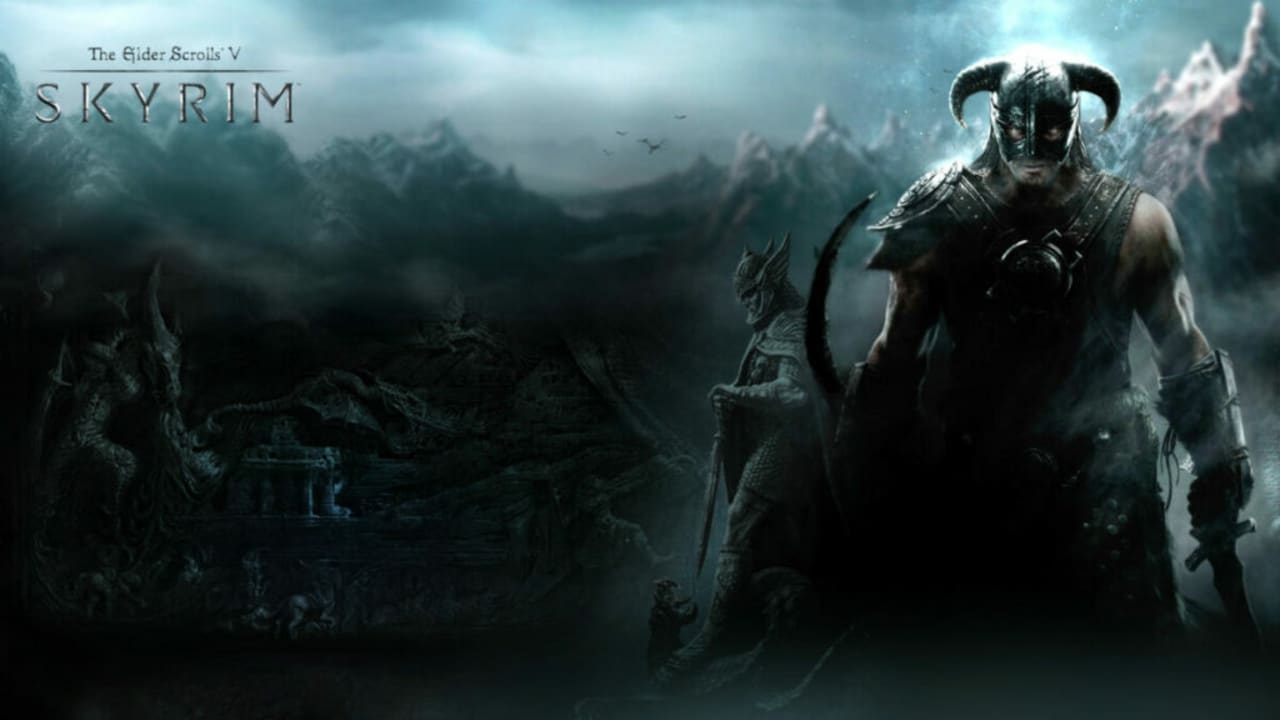
Valheim
Valheim’s name is already a deviation from the Prose and Poetic Eddas. In the game, Valheim is the tenth realm of the Yggdrasil. Yggdrasil here refers to the mythical Nordic ash tree at the center of existence. Interestingly, the tree isn’t necessarily an ash tree, as the word yggia means yew. Yew is another type of tree widely regarded to be one of the most spiritually significant trees in existence. Around the tree exist the nine realms of reality. These realms are:
- Niflheim
- Muspelheim
- Asgard
- Midgard
- Jotunheim
- Vanaheim
- Alfheim
- Svartalfheim
- Helheim
You’ll notice that Valheim, the supposed Norse equivalent of purgatory when Odin sends his prisoners, does not appear on the list. This list is unofficial canon due to its extensive presence in both the Prose and Poetic Eddas. According to the Eddas, the mythical Nordic equivalent to purgatory is actually Helheim.
There’s disagreement within the mythological community, though, whether it should really be called Helheim, as heim traditionally means home. The full word thus means the home of Hell. Alternately, the Edda may simply term purgatory as Hel.

Creative license that honors mythology
There is no greater honorific than having your culture’s stories told even centuries after the ancient strongholds have turned into sprawling metropolitan cities. This is what we see in games like God of War. These games not only tell compelling stories and provide players with years worth of gameplay. They also seek to inform and educate current generations of the glory of the ancient tribes of man whose cultures they honor.
While these games typically contain a generous dose of creative license to tell a story better, or more convincingly, or to add an air of high fantasy, games like God of War will go down in history as being the most accurate representations of the mythologies, cultures, and beliefs of our planets most ancient tribes.
